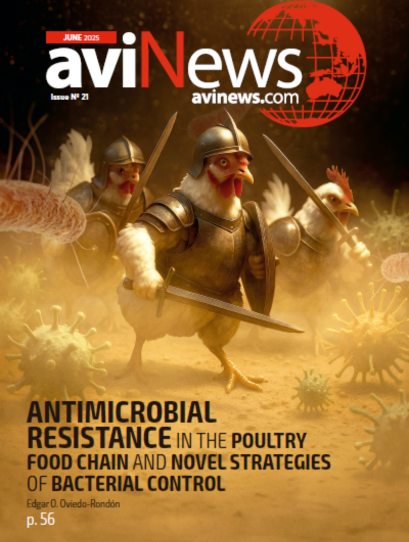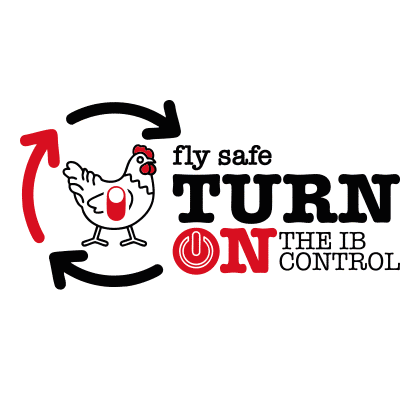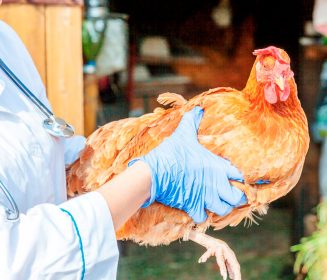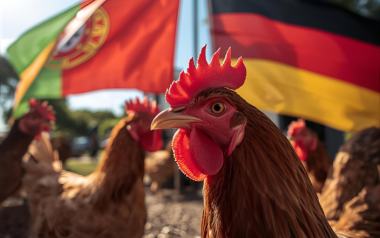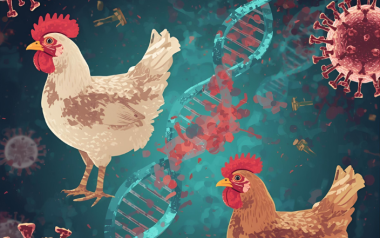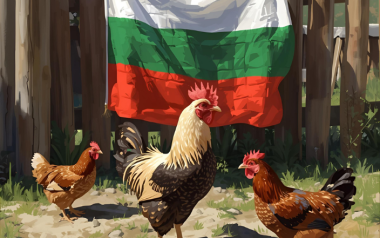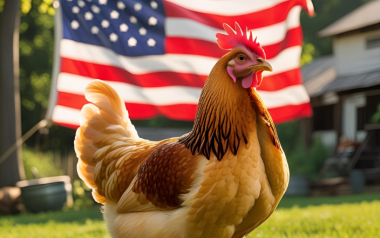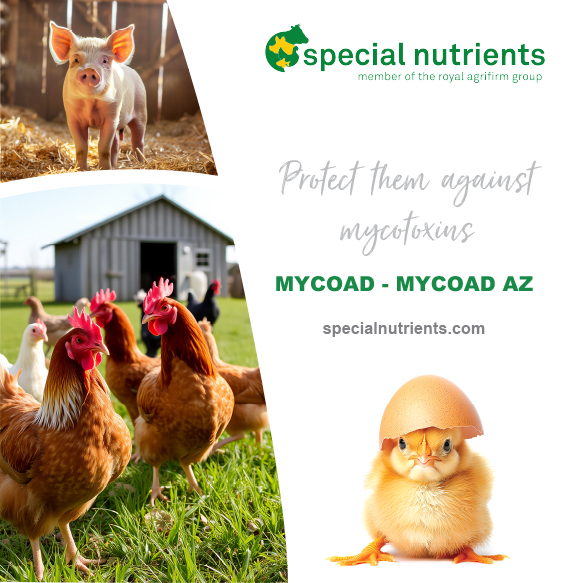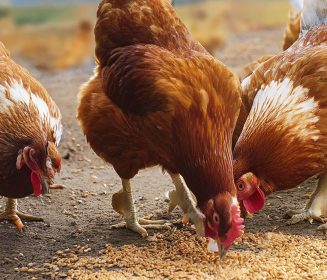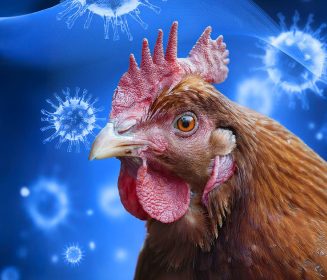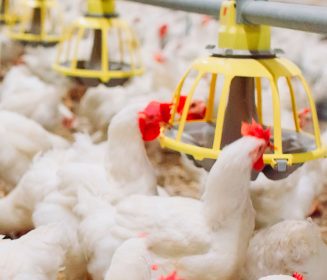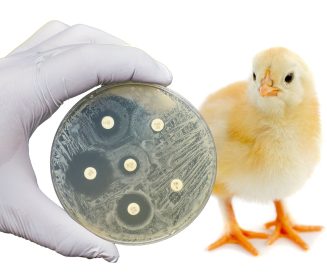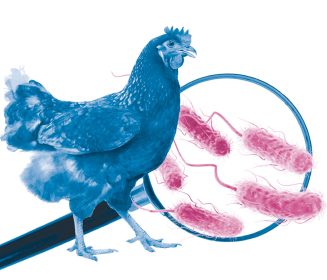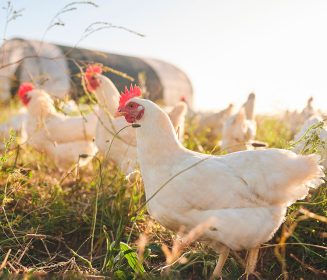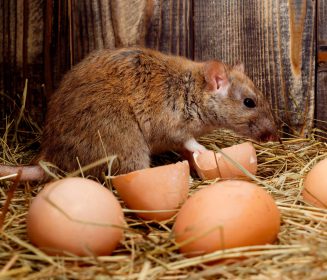Sources: Available upon request
01 Aug 2025
Second H5N1 AI outbreak confirmed in UK in July
On July 28, 2025, the UK Department for Environment, Food & Rural Affairs (Defra) confirmed a new outbreak of highly pathogenic avian influenza (HPAI) H5N1 in Somerset, England.
On July 28, 2025, the UK Department for Environment, Food & Rural Affairs (Defra) confirmed a new outbreak of highly pathogenic avian influenza (HPAI) H5N1 in Somerset, England. The outbreak occurred near Dulverton, Tiverton, and Minehead, affecting poultry at a game bird release site.
This marks the second confirmed outbreak of H5N1 in the UK during July, following a previous case earlier in the month. The virus was identified after a significant number of pheasants died suddenly, prompting immediate testing and containment measures.
Containment measures enforced
In response to the outbreak, Defra established a 3-kilometer protection zone and a 10-kilometer surveillance zone around the affected premises. All poultry on-site are being humanely culled to prevent further spread.
- These zones restrict the movement of birds, eggs, and related materials, and require strict biosecurity protocols for all poultry keepers within the area.
- The public is also advised to avoid contact with sick or dead birds and to report any unusual bird deaths.
Ongoing risk despite decline in cases
Although the number of H5N1 cases in wild birds and poultry has declined since the peak in winter 2024–2025, the virus remains a persistent threat. Between May and July 2025, six outbreaks were reported in domestic poultry across Great Britain, all confirmed as H5N1.
The Avian Influenza Prevention Zone (AIPZ), in place since January 2025, remains active, requiring enhanced biosecurity measures nationwide. While the risk to poultry with stringent biosecurity is considered low, the risk remains higher for flocks with suboptimal protection.
Human health risk remains low
UK health authorities continue to stress that the risk to human health is very low, as there is no evidence of sustained human-to-human transmission of the H5N1 virus. However, the public is urged to remain cautious, especially those working with birds or in affected zones.
Conclusion
- The recurrence of H5N1 outbreaks in the UK highlights the importance of continued vigilance, rapid response, and strict biosecurity.
- Authorities are closely monitoring the situation and updating protocols as needed to protect both animal and public health.

